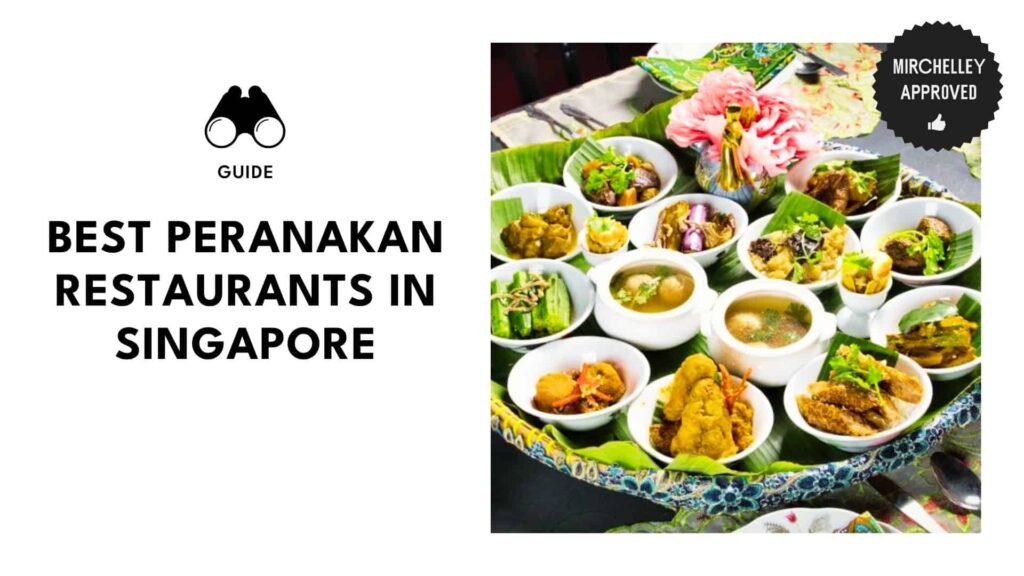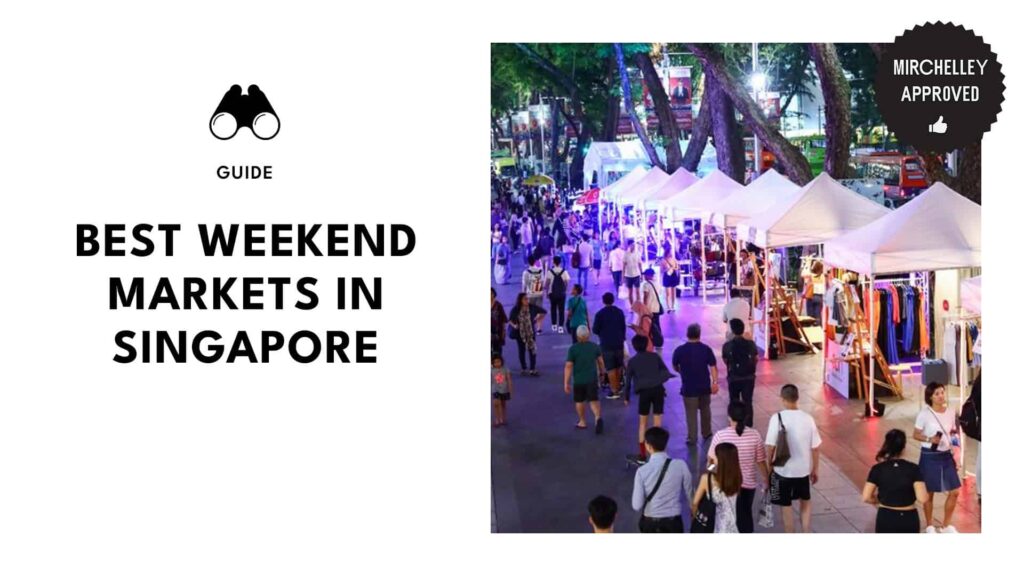Categories > Guides and Tips
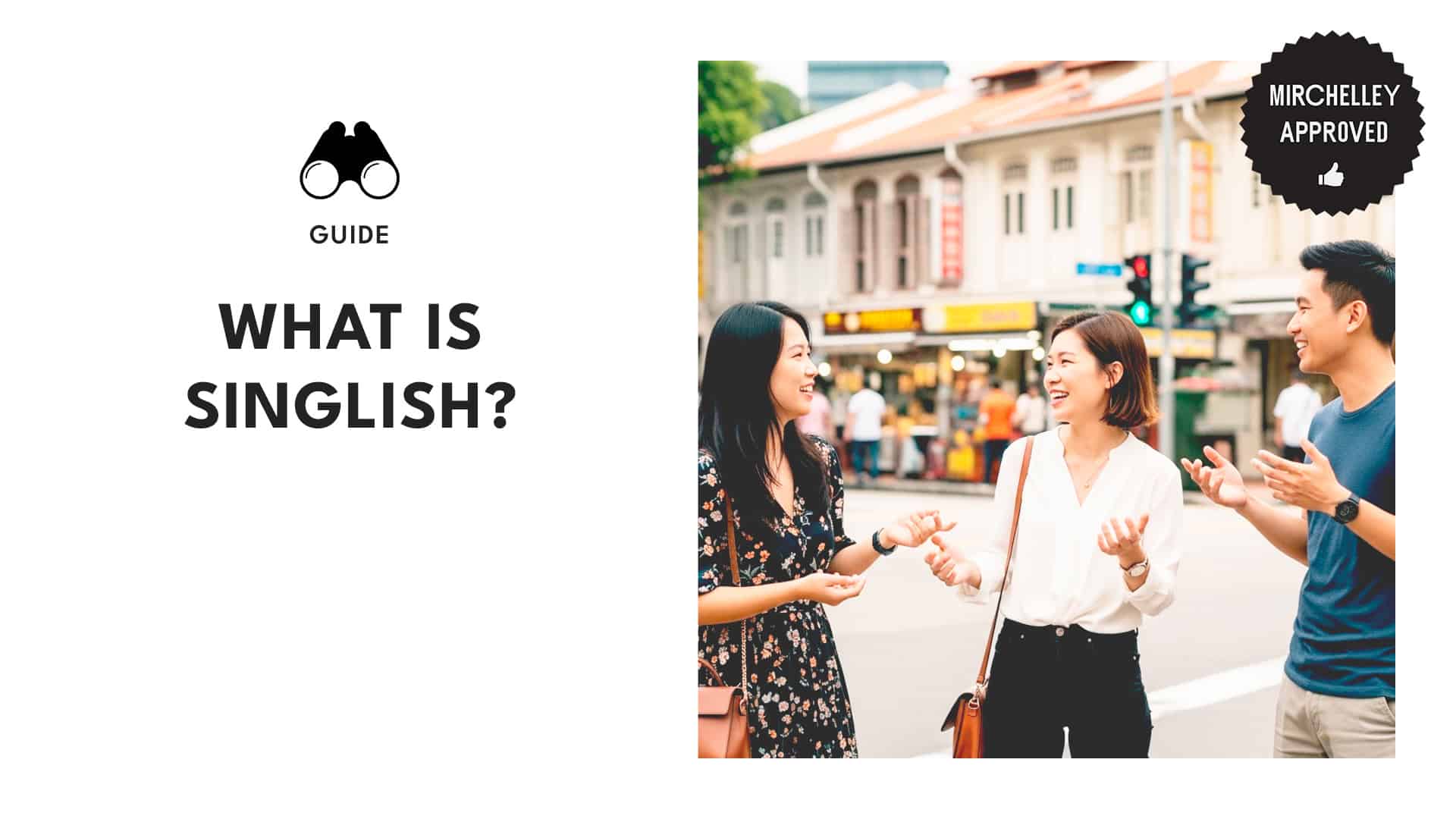
Singlish 101: A Crash Course on Singapore’s Unofficial Language
A few years ago, a friend of mine moved to Singapore from overseas. We met through mutual friends, and over time, she became one of my closest makan and kopi kakis.
One day, in the middle of a rant about her landlord, she blurted, “Wah lao eh, I already say don’t like that lor!”—perfect tone, perfect timing. I just stared at her and laughed.
“You know ah, you sound like a real Singaporean now. I can barely hear your accent!” She lit up like I’d handed her a passport.
It got me thinking: how did Singlish become so instinctive to us? Why does it confuse some and comfort others? And if you’re new to Singapore, what should you know before trying to use it yourself?
Here’s your guide to Singlish in Singapore—where it came from, what it means, and why it still sticks.
What is Singlish?
Singlish is a colloquial form of English unique to Singapore. It combines English with elements of Malay, Hokkien, Cantonese, Tamil, and other regional languages, creating a distinctly local way of speaking that goes beyond mere slang.
While it borrows heavily from English, Singlish has its own grammar, sentence structure, and way of expressing things that just feels right to us. It’s how we show we’re comfortable with someone and how we bring across our own brand of humor.
Overall, linguistics sees Singlish as a creole language—a natural evolution shaped by Singapore’s multicultural past and present.
How did Singlish start?
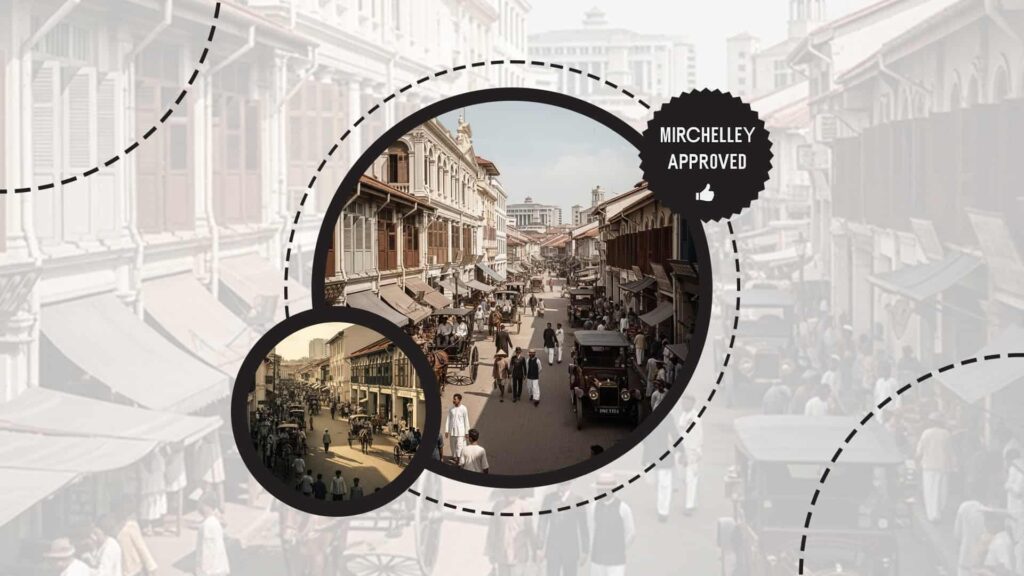
Singlish originated during Singapore’s colonial period as a mix of English and local vernaculars, evolving organically through everyday use among diverse ethnic communities.
When the British made English the official language for our schools and government, we didn’t copy wholesale. It started blending with everything else we spoke at home—Hokkien, Malay, Tamil, and even a bit of Teochew here and there.
This resulted in a distinct linguistic hybrid (Singlish) that reflected the city’s various cultures.
It was especially common among working-class Singaporeans, who used it in regular workplaces like hawker centers. No one exactly cared about grammar rules, it was mostly the feeling of “you get what I mean?”
While the government has discouraged its use in favor of Standard English, Singlish remains widely spoken. It’s evolved with each generation—nowadays, you’ll catch younger ones throwing Singlish in meme slang or TikTok phrases.
Common Singlish Words
Singlish expressions might sound strange to first-timers, but once you learn the rhythm, they make local conversations a lot more expressive. Here are some of the most commonly used words and what they mean:
| Word | Meaning | Example |
| Lah (lah) | An all-purpose particle that adds emphasis. | “Can lah!” means “Of course it’s possible.” |
| Shiok (shee-yok) | Used to describe something super satisfying. | “Wah, this chicken rice damn shiok!” |
| Kiasu (kee-ah-soo) | A Hokkien term meaning “afraid to lose.” It describes people who are overly competitive or desperate to get ahead, often used with a wink. | When a group leader does all the work in a project without allowing anyone else to help, you may say, “Our leader is so kiasu!” |
| Chope (chope, rhymes with ‘rope’) | To reserve a seat, often done with a tissue packet. | “Go chope that table while we look at the food stalls.” |
| Makan (mak-kahn) | Malay for “eat.” Commonly used when suggesting a meal. | “Go makan what?” |
| Sian (see-ahn) | Expresses boredom or annoyance. | “Need to OT again… so sian.” |
| Alamak (ah-lah-mak) | An exclamation of surprise or frustration, like “Oh no!” or “Oops!” | When someone does something you don’t like, “Alamak! I can’t believe they’re doing that.” |
These terms are deeply ingrained in daily life. Understanding them gives you a better sense of how locals think and feel in casual settings. You’ll find these words scattered across street conversations, social media captions, and even local advertisements.
Is Singlish bad English?
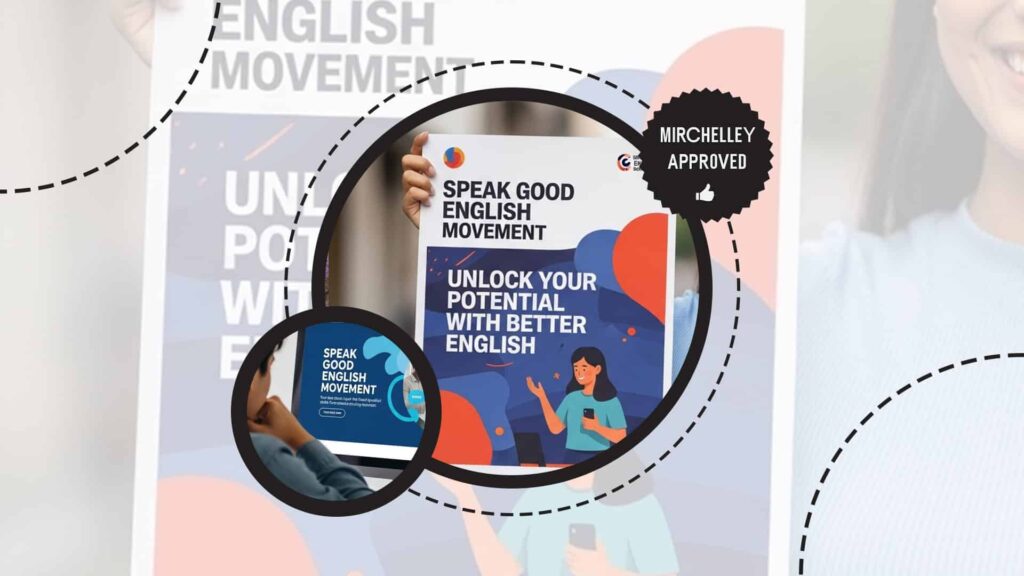
Many linguists and citizens argue that Singlish is not “bad English” but a creole with its own grammatical rules.
However, the Singapore government views Singlish as a threat to Standard English proficiency and launched the “Speak Good English Movement” in 2000 to address it.
The concern was that widespread use of Singlish might affect how well we speak Standard English, and that this could hurt Singapore’s global competitiveness.
The debate shows the tension between national identity and global image. Singlish, with all its quirky phrases and shortcuts, isn’t just some lazy way of speaking. For a lot of us, it’s the symbol of authenticity and community.
Plenty of Singaporeans feel like Singlish deserves to be kept around because it says something about who we are. Many believe that it can capture experiences in a way that Standard English sometimes cannot.
Can foreigners speak Singlish?
Foreigners can speak Singlish, but it depends on context and familiarity. While locals may appreciate the effort, using Singlish without understanding its cultural nuance can come across as forced or even mocking.
It’s not off-limits, but using it authentically matters more than using it at all.
Singlish is more than adding “lah” or “leh” to the end of sentences. It carries social cues and some emotional weight that locals instinctively understand.
Using it well means understanding when and how it’s used—often in informal, friendly settings among people who know each other well.
If you’re not used to it, don’t stress out. You don’t have to force it. On platforms like Reddit and other forums, a lot of Singaporeans say they’d rather hear someone naturally speak in English than try too hard to sound local.
Just be yourself—if you end up picking up a bit of Singlish along the way, even better.
Why do some Singaporeans want to protect Singlish?
Many Singaporeans want to protect Singlish because it reflects their identity and culture. Efforts to discourage this, such as the “Speak Good English” campaign, are sometimes viewed as elitist or dismissive of local culture.
Singlish captures shared experiences, humor, and values that can’t always be expressed in formal English. These days, younger generations are proudly using it on social media, whether it’s on TikTok, Instagram, or even X.
Some local comedians and TV shows even lean into it, since it’s how everyday life sounds here. Personally, keeping Singlish alive is about keeping a voice that feels down-to-earth and unmistakably Singaporean.
Is Singlish still relevant today?
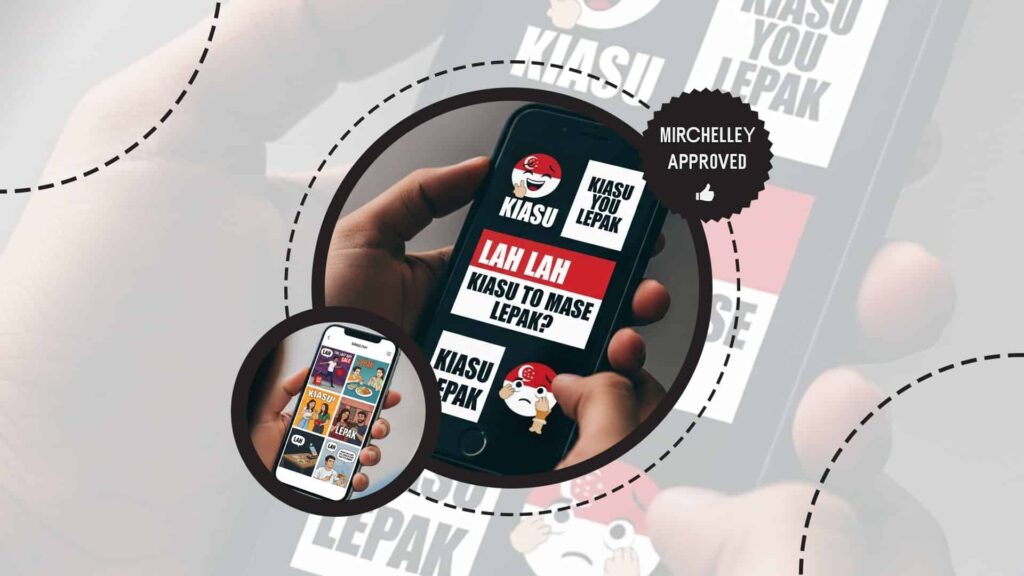
Yes, Singlish is still relevant today, especially in casual speech, memes, and online comments. It’s also gained international attention. Words like “lah,” “kiasu,” and “lepak” have been included in the Oxford English Dictionary.
Younger Singaporeans continue to use Singlish to express a variety of emotions and contexts. Even celebrities and influencers sometimes drop a “lah” or “bo jio” in interviews, like it’s second nature.
You’ll see brands using it too—on ads, drink cans, tote bags—because they know it appeals to the local audience.
Despite ongoing debates about its use, Singlish remains a living, evolving reflection of Singapore’s multilingual and multicultural identity.




